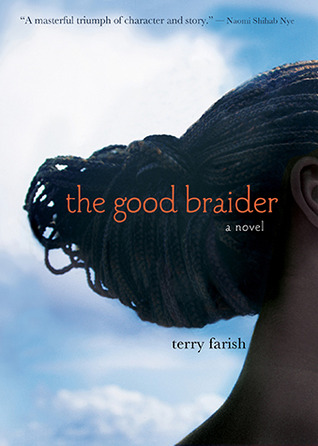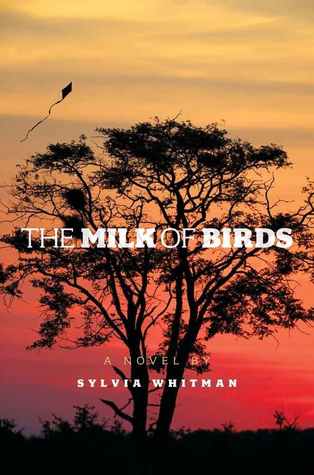 This summer I picked up two books that featured refugees from the Southern Sudanese conflict. The Good Braider is a novel in verse about Viola’s escape from South Sudan to the United States. While her life should in theory be better is is wrought with the trauma of what she lived through and the difficulty of finding a place in a new culture. The Milk of Birds is a correspondence between K.C., a girl from the US, and Nawra, a Sudanese girl who is living in a refugee camp.
This summer I picked up two books that featured refugees from the Southern Sudanese conflict. The Good Braider is a novel in verse about Viola’s escape from South Sudan to the United States. While her life should in theory be better is is wrought with the trauma of what she lived through and the difficulty of finding a place in a new culture. The Milk of Birds is a correspondence between K.C., a girl from the US, and Nawra, a Sudanese girl who is living in a refugee camp.
Both books really shed light on a conflict that, despite Angelina Jolie’s best efforts, is not well known in the United States. When I reviewed In Darkness and Never Fall Down I talked about how important I think it is that kids have an awareness of what life is like for people who live outside the Western world. The question for me, though, is how do you get kids to read these books? All four are beautifully written with incredible stories, but how do you sell a book that is so tragic? They feel like books that a special kid would pick up, an already interested and compassionate student. While it’s great for those kids to read these books, I want others to read them too.

I could certainly see reading any of these four books in an English and/or History class. That would certainly broaden the audience…assuming the students actually read their assigned novels. In fact reading the books across disciplines and discussing both the writing, the novel format, the story, and then the history would be very powerful. But…but. How many teachers will use current YA literature in their classes? I don’t have an answer to this conundrum (if you do please share!). I’m simply thinking out loud here. I just really wish these beautiful, terrible novels had a bigger audience.
As a side note, while I enjoyed both The Good Braider and The Milk of Birds immensely, I thought The Milk of Birds fell a bit flat with K.C. I haven’t read a lot of books with two narrators, especially narrators that are so different, so maybe this how two-narrator books work. K.C. was a bit flighty and sounded so modern. This was compounded by the more formal tone of Nawra’s letters that alternated chapters. At one point I thought it might have worked better to not include K.C., but after finishing the book I think it wouldn’t have been as powerful. I think the fact that she has her own issues is really important. Although she has champagne problems, they are still relatable and they are still issues. Nawra, despite her incredibly difficult situation, never once belittles K.C.’s problems. She understands that they are just as real to K.C. as her own are to her. K.C.’s voice was also incredibly authentic. She sounded exactly the way I would have sounded if I were writing letters at that age. I think as an adult reading this book I was just left wanting a more mature narrator to complement Nawra. Especially since Nawra was so wise and mature beyond her years. In the end the book was so well written it didn’t matter that K.C. wasn’t the narrator I wanted.
